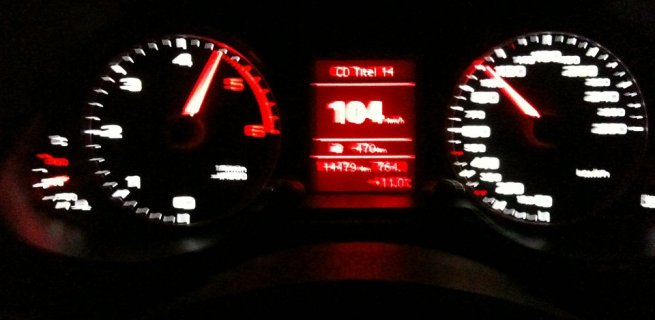A man found to be over the limit when breath tested by police had crashed his car through a fence, landing right near railway tracks. A crane was needed to remove the vehicle after it had been totalled.
Fortunately the driver managed to escape serious injury, although as he exited his vehicle, he did stumble into the hands of the law.
As he climbed up an embankment he was met by police and NSW paramedics. After being taken back to the police station for a breath test, he was charged with mid-range PCA (prescribed concentration of alcohol) and suspended from driving.
He was granted bail and will be appearing before Fairfield Local Court in July.
Drink driving is constantly in the spotlight – many media campaigns, the promotion of designated drivers and police random breath tests are ever-present reminders in our daily lives of the dangers of drink driving.
Our risk of having a crash while driving is doubled once our BAC reaches 0.05 (the legal limit), and it continues to rise.
At 0.08, our chance of a crash is about 7 times higher than at zero and by 0.15, we are 25 times more likely to crash.
We know it is dangerous to drink drive.
With millions of breath tests having been conducted since their introduction over 30 years ago, we know there is also a chance of getting caught.
But none of these things can convince some of us not to do it.
Drink driving still remains an inherent problem. Even shocking accidents won’t persuade some of us to leave the car at home when out for a night on the town.
In fact, in one in five fatal crashes in NSW is alcohol related, and 70% of these occur in rural areas.
Drink driving has been reduced from what it was in the 1980s but a survey taken in more recent times has still seen over 58% of Australians report to drink driving.
Fines plus disqualification have been the most common penalties imposed on those with low range drink driving, but for higher range offences, courts have been instructed not to deal with offenders leniently.
If traffic offender programs and penalties can’t convince drivers not to drink, what are the next steps?
All sorts of measures have been suggested to combat these problems, such as the mandatory installation of alcohol-interlock devices into the cars of drink drivers in Victoria.
The devices under such a scheme would be installed and paid for by users, and cost $150 installation, and the same price every month for upkeep.
Groups in America are working on technologies to prevent drink driving such as touch-based systems to measure blood alcohol content levels through skin contact or using eye-movements related to intoxication and eye closure that signals tiredness to prevent drink driving.
It has even been suggested that ALL cars should be fitted with ignition locks – where the driver must blow into the device to make the car start.
These devices may also require drivers to provide breath samples while the car is in motion – to prevent the chance of bystanders being used to pass the breath test to in order get the car started for a drive who may have been drinking.
There is nothing out of the ordinary about the current case before the Fairfield local court.
In fact, there are many more similar cases each year. This latest case, although published on the NSW police website, is not likely to change drink-driving habits. Most people will never hear of it.
So, are ignition locks installed in every car the answer? Probably not, as they can be not only incredibly expensive, but also fairly invasive to the general population. But the problem of drink driving still remains a significant problem on our roads.











